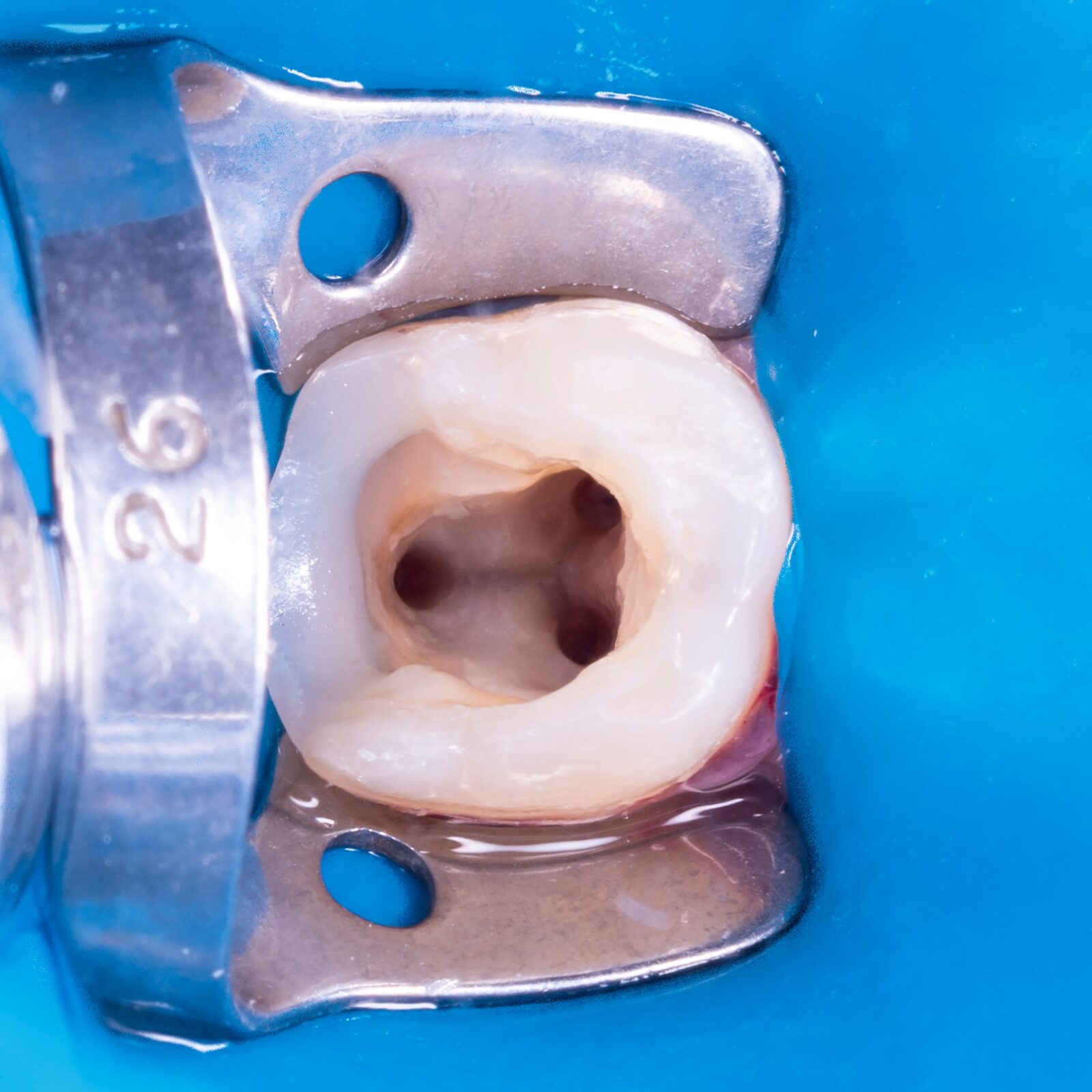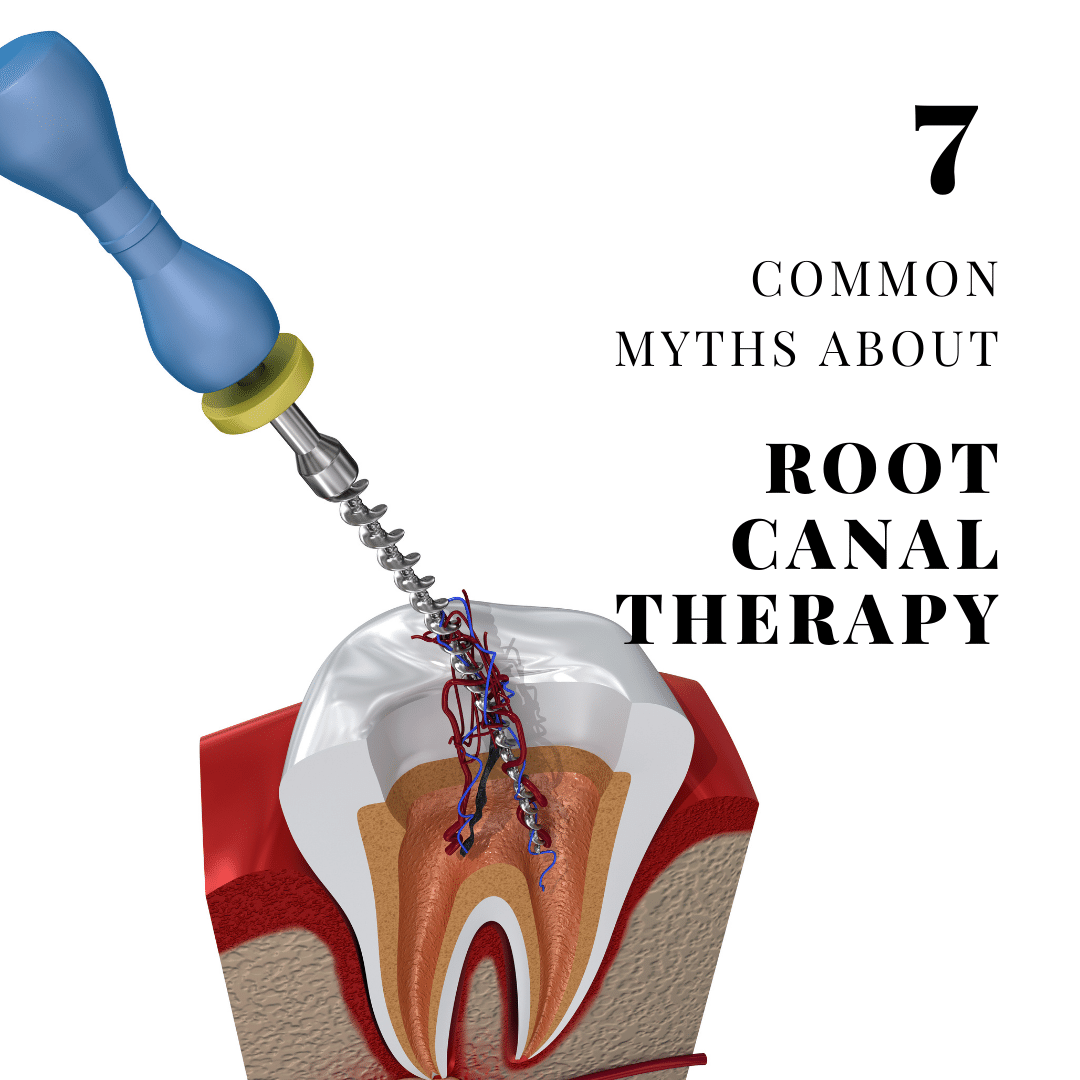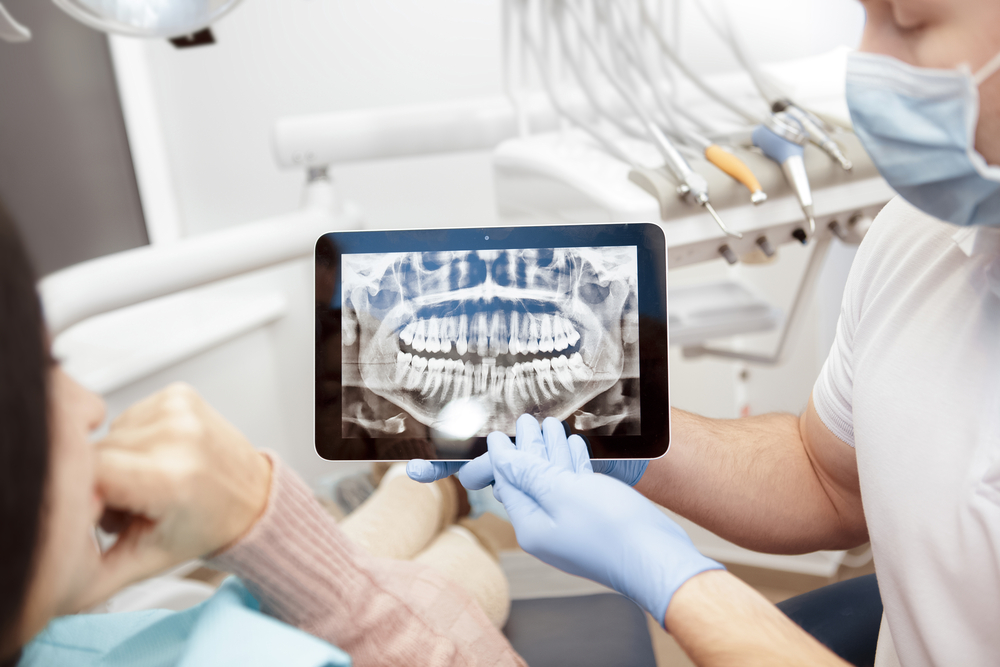Are you in pain? Do you think you may need a root canal? If so, don’t worry – you’re not alone. Root canal therapy is one of the most common dental procedures performed in the United States. In this blog post, we will dispel some of the myths that surround root canals and explain what root canal therapy is and when it is necessary. Keep reading to learn more!
Root canal therapy is a treatment used to save teeth that are infected or damaged. The procedure involves removing the damaged tissue from inside the tooth, cleaning and disinfecting the area, and then filling and sealing the tooth. Root canal therapy is necessary when the pulp (the soft tissue inside the tooth that contains blood vessels, nerves, and connective tissue) becomes infected or damaged. This can happen as a result of decay, trauma, or a crack in the tooth.
There are many myths about root canals that often deter people from getting the treatment they need. Let’s take a look at seven of the most common root canal myths:
Myth #01: Root Canals Hurt
Many people believe that root canals are painful, but this is simply not true. With modern technology and anesthesia, root canal therapy is no more painful than having a filling placed. In fact, the procedure is often used to relieve pain caused by an infected or damaged tooth.
Myth #02: Root Canal Therapy Makes You Sick
There is no scientific evidence to support the claim that root canal therapy makes you sick. In fact, this myth is likely based on the fact that the procedure is used to treat infected teeth. However, the infection is not passed on to other parts of the body during root canal therapy.

Myth #03: Root Canal Therapy Removes the Tooth Roots
During root canal therapy, the damaged tissue is removed from inside the tooth. This means that the tooth roots are not removed and they remain firmly in place.
Myth #04: I Don’t Need a Root Canal Because I Feel No Pain
Just because you’re not in pain does not mean you don’t need a root canal. An infection or damage to the pulp can occur without causing any pain. That’s why it’s important to see your dentist regularly for checkups and cleanings.
Myth #05: Teeth Usually Need to Be Extracted After a Root Canal
In most cases, teeth that have undergone root canal therapy can be saved. In fact, root canal therapy is often used to prevent the need for tooth extraction. Only in rare cases are teeth extracted after undergoing root canal therapy.
Myth #06: There is No Sensation in the Affected Tooth After a Root Canal
After a root canal, the nerve and blood supply to the tooth is removed. As a result, the tooth will no longer have sensation. This does not mean that the tooth will be completely numb, however. You will still feel pressure changes in the tooth due to the nerves in the tissues around the tooth roots.
Myth #07: I Don’t Need to Visit the Dentist After Having a Root Canal
Even though root canal therapy can save your tooth, it’s important to visit your dentist for regular checkups and cleanings. This will help ensure that your tooth remains healthy and does not become infected again.
In Conclusion
We hope this blog post has helped dispel some of the myths about root canals. If you think you may need a root canal, don’t hesitate to contact our office. We would be more than happy to answer any of your questions and help you get the treatment you need. Thanks for reading!







